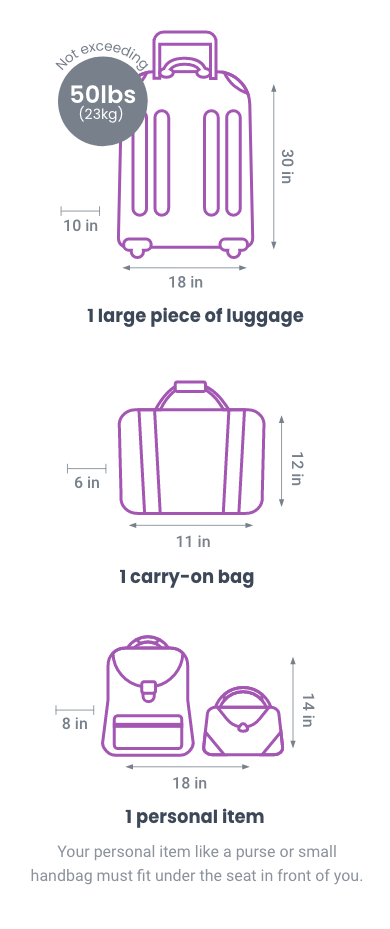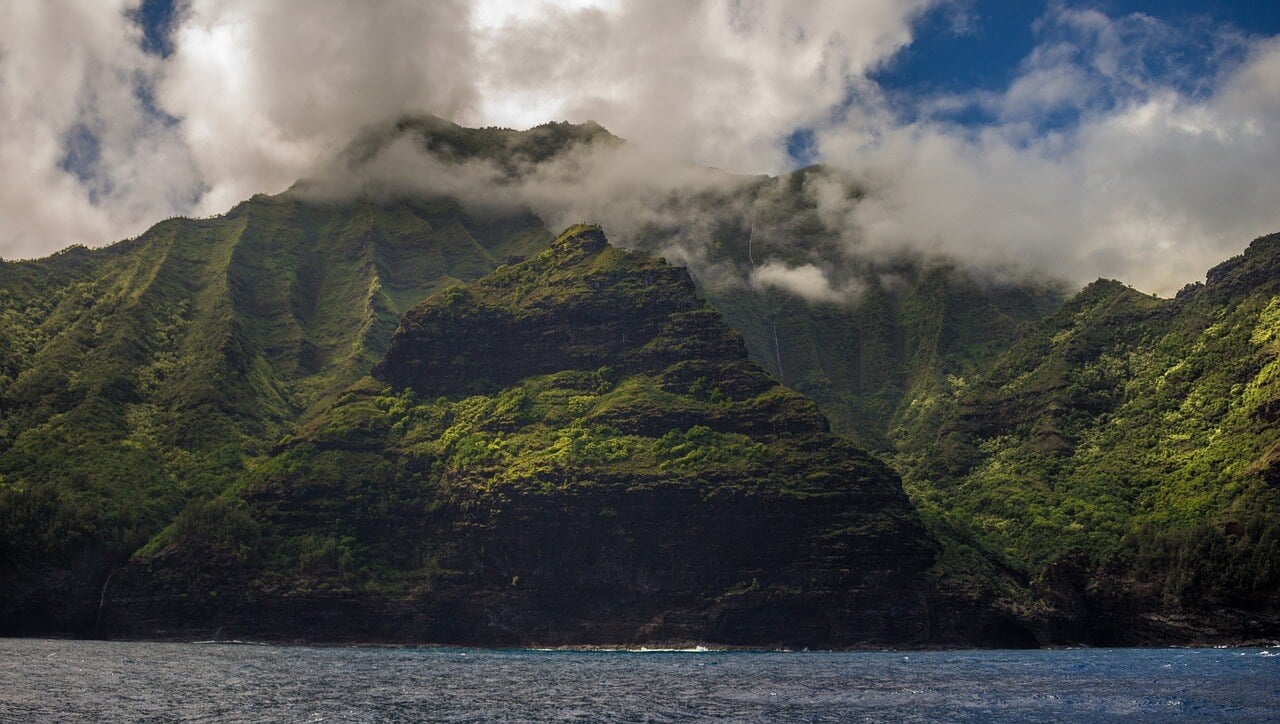About Hawaii
Overview
Nature lovers, history aficionados, adventurers, foodies, and health and wellness enthusiasts can all find their happy place in Hawaii, where every corner offers a unique experience. The Hawaiian archipelago, consisting of 137 islands, islets, and shoals, stretches across the Pacific Ocean at the northern tip of the Polynesian Triangle, each island with its own distinct charm and character. From lush rainforests, dramatic cliffs, and volcanic landscapes to sacred cultural sites, vibrant local markets, and world-renowned beaches, the diversity here is truly breathtaking. Hawaii's rich cultural heritage, shaped by Native Hawaiian traditions and global influences, creates a warm, welcoming atmosphere that brings the islands' spirit to life. No matter which island you explore, Hawaii promises unparalleled beauty, limitless natural wonders, and unforgettable moments of discovery.
Capital City: Honolulu
Population: 1.455 million
Time Zone: Hawaii-Aleutian Time Zone (GMT-10)
Emergency Number: 911
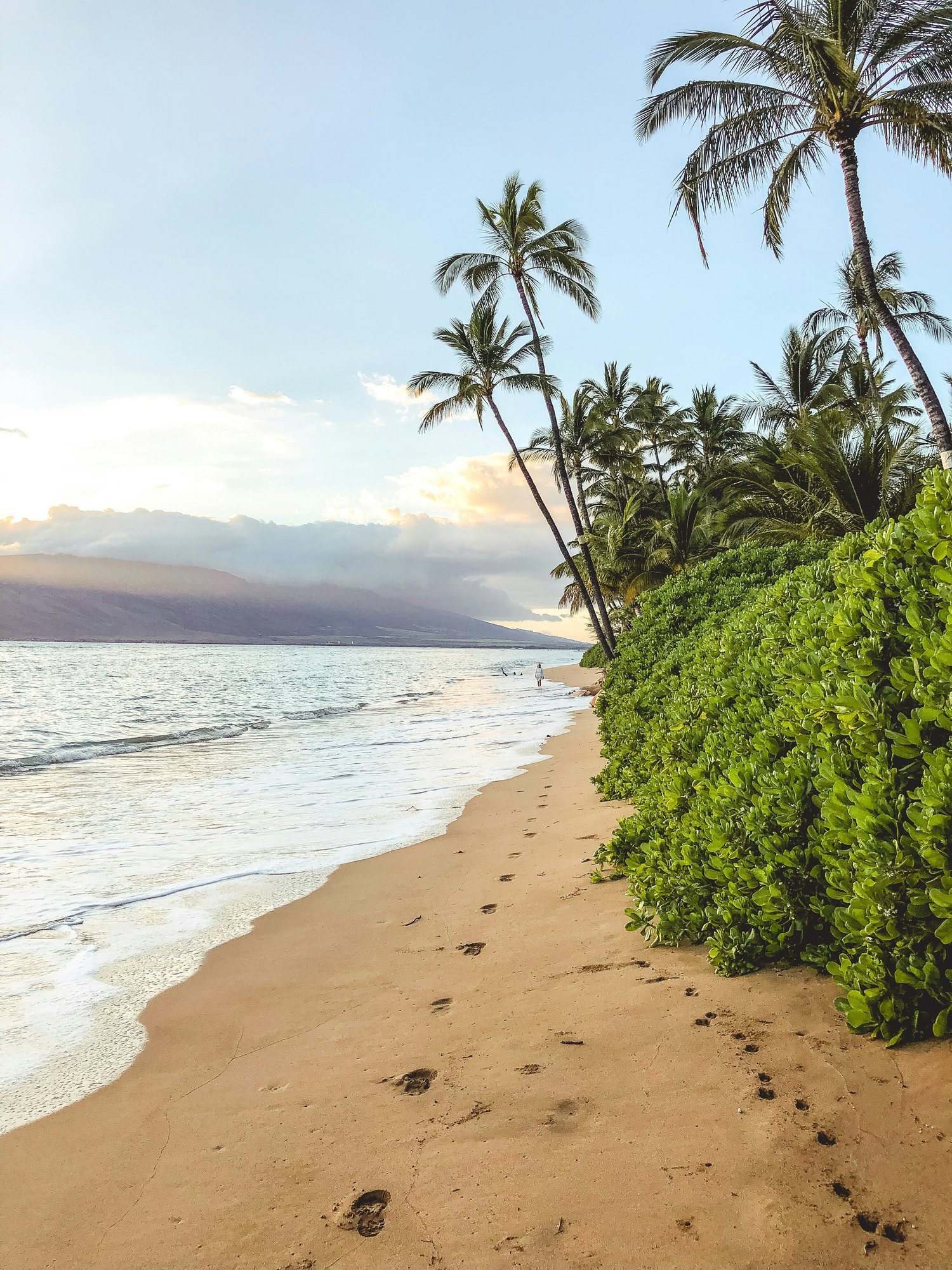
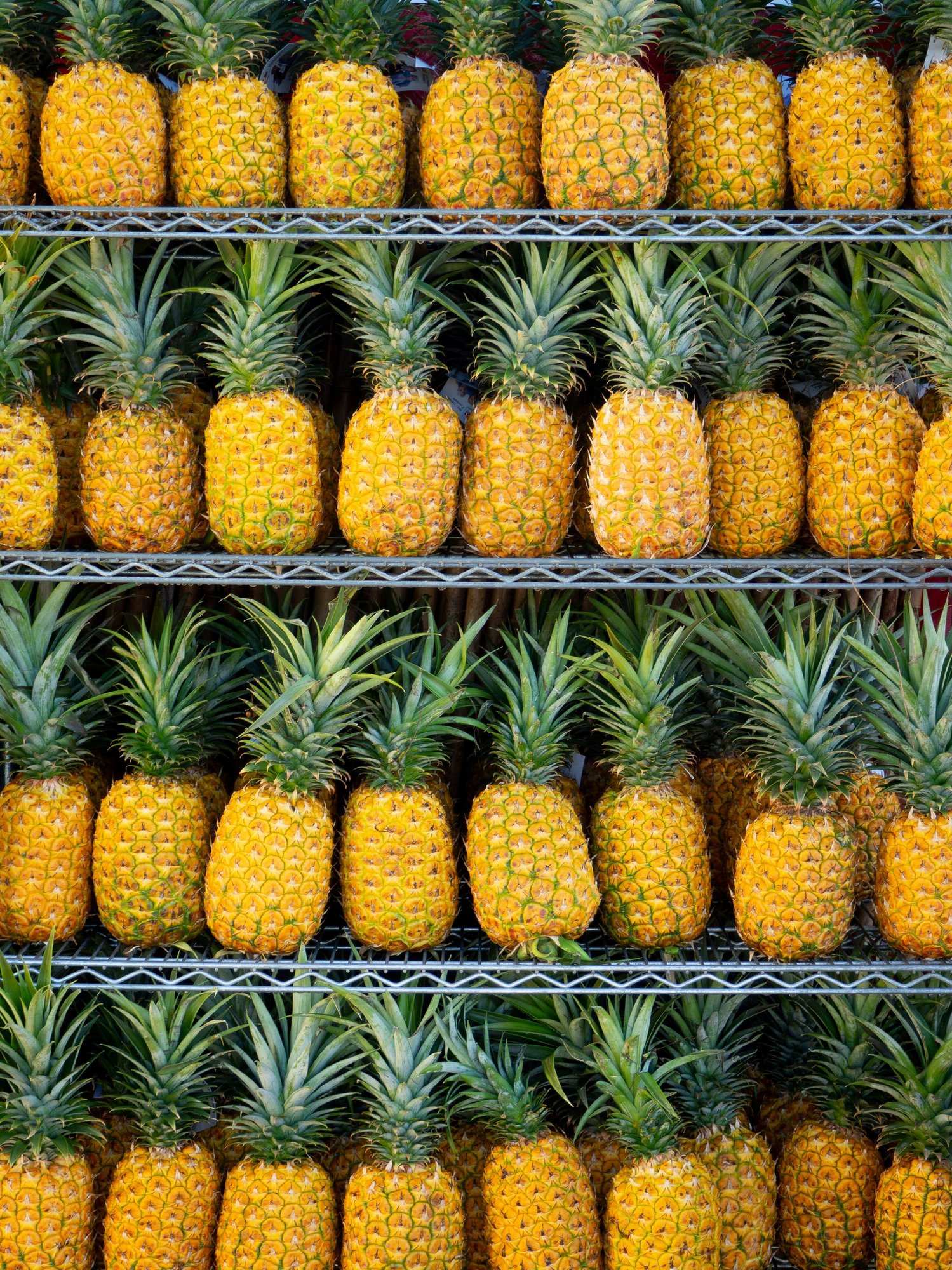
Packing List
Fun Facts
- It is said that Hawaii's first inhabitants sailed in voyaging canoes from the Marquesas Islands, between 300 and 800 CE. In the 12th century, settlers arrived from Tahiti.
- The Kilauea Caldera on the Big Island has produced lava flow since January 1983, making it the longest continuously erupting volcano.
- Kamehameha became Hawaii's first king in 1810. The islands had royal rulers until they became a US territory in 1898. To this day, you can still visit the only royal building on US soil, Iolani Palace.
- Mauna Kea on the Big Island is the tallest mountain on the planet! Measured from the seafloor, it tops out at 33,476 feet.
- Mount Haleakala is the world's largest dormant volcano. Most of the mountain is below the ocean - measured from the seafloor, it would be nearly 30,000 feet high! This volcano formed 75% of Maui.
- Hawaii is the only US state with two official languages: Hawaiian and English.
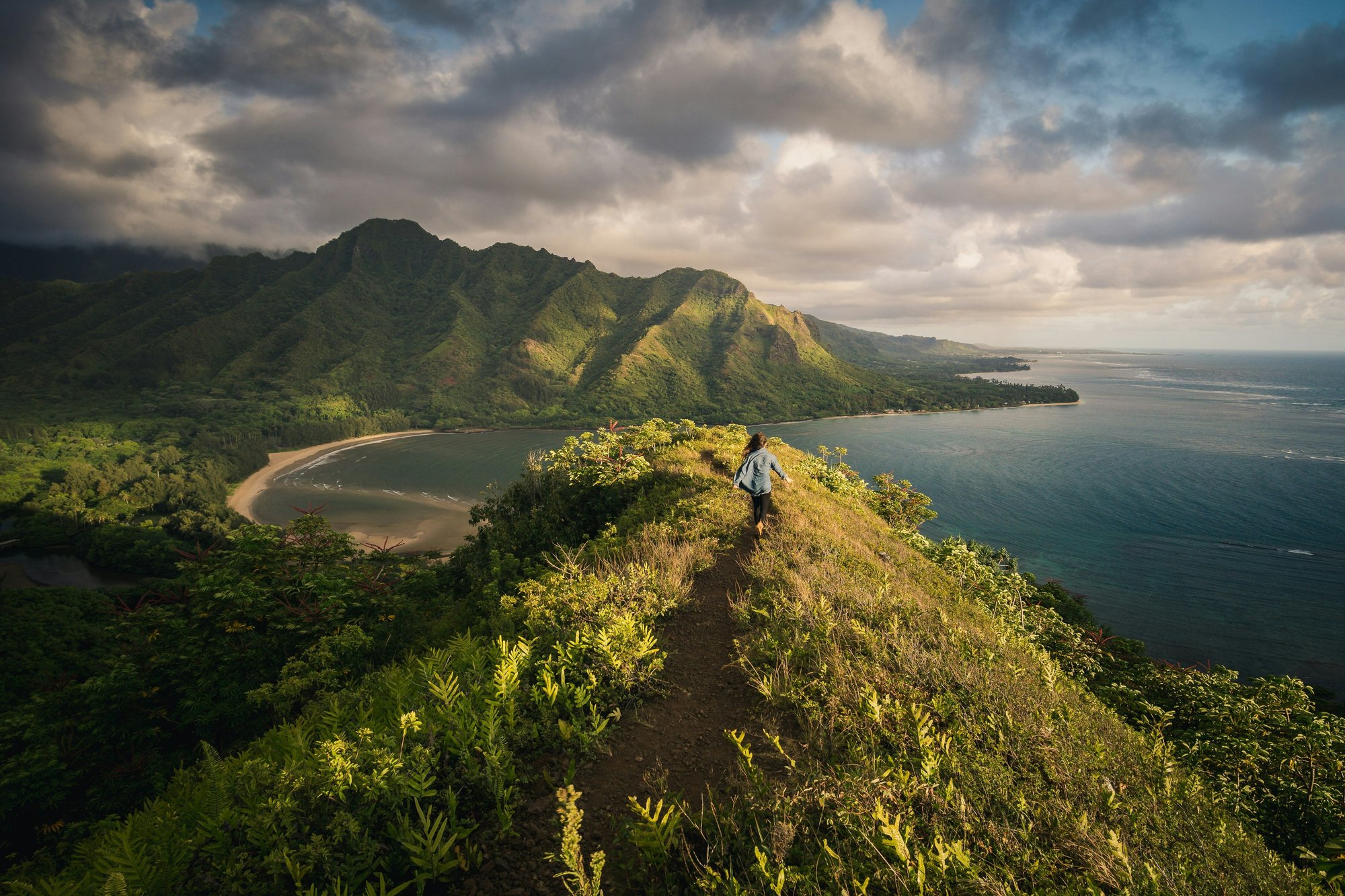
Weather
Hawaii's two seasons are just summer and winter; summer is the dry season and winter is the rainy season. Hurricane season is usually in July, August and September, although the risk of one is fairly low. It's important to remember that conditions vary greatly with altitude changes, the higher you go, the colder it gets. It sometimes even snows in Mauna Kea!
| Month | High | Low |
| January | 82° | 68° |
| February | 82° | 69° |
| March | 82° | 70° |
| April | 84° | 71° |
| May | 84° | 73° |
| June | 85° | 74° |
| July | 86° | 75° |
| August | 87° | 76° |
| September | 87° | 75° |
| October | 86° | 74° |
| November | 85° | 72° |
| December | 82° | 72° |
Tipping
Tipping Suggestions: Tips for Guides, drivers and restaurants are not included. Tips provide supplemental income, and, while not mandatory, are greatly appreciated. If the local teams have added to the experience, please reward them.
| Guides | USD $15-20 per person/per day | |
| Drivers | USD $3-4 per person/per day | |
| Restaurants | USD 15-20% per person/per meal |
Your Guide will often be your driver throughout your trip. In this case we recommend tipping the combined amount ($15-25) per person/per day.
FAQ
Where can I find information on travel safety? Click here for the most up-to-date information on safety while traveling.
Do I need a Visa? For US travelers, no. International visitors should check with their consulates to see if they need a visa, e-visa, or waiver. Make sure your passport is valid for at least six months after you return home and has two or more blank pages. Otherwise, some countries may not let you enter.
What about vaccines? For vaccination information, click here.
Is the water safe to drink? Yes, tap water in Hawaii is fine to consume.
Will I get access to water that is safe to drink? Yes, you will have clean drinking water provided at campgrounds in the mornings and at various times during the day. Please bring a water bottle that can carry 2-4 liters.
What is the disposal process for waste? Front country campgrounds will have trash receptacles. The bathroom will also be accessible at campgrounds and during the day.
Do you recommend travel insurance? While not required, we highly recommend all travelers get travel insurance for their trip to protect themselves from the unknown! Check out travel insurance options from our partner, worldnomads.com, or from a provider of your choice.
How much should I pack? As we will be using shared transfers and spaces throughout our tour we recommend all travelers pack as lightly as possible. Please review our luggage restrictions below.
Do you provide any gear? All camping gear except for sleeping bags and pillows will be provided. Our guides carry company-issued first aid kits, satellite phones (for emergencies only) and epinephrine kits (for allergic emergencies).
What tents will we be using? Tents will be 3-person camping tents, measuring 7x7, double occupancy. You’ll use camping pads on the ground beneath your sleeping bags.
Where can I store my belongings during the day? Do I need to take them with me at all times? There will be a locked storage trailer towed behind the van. During the day your larger bags will be locked inside, and you’ll take your day pack with you.
Will there be charging ports? There will be limited outlets around showers to charge devices, but power banks are recommended.
What about food? We provide a diversity of foods containing the necessary nutrition for sustained energy output. Meals are made from staples that travel well - rice, pasta, lentils, beans, couscous, oatmeal, granola, etc. Meals are also supplemented with trail foods such as crackers, cheese, granola, energy bars, fresh and/or dried fruit, and energy drink mixes.
We regularly accommodate vegetarian diets and will make adjustments for food allergies. If you have any allergies or food intolerances please indicate them clearly on your traveler form.
Important note: It’s critical that you include your dietary needs in your traveler form - it’s too late once you’ve arrived!
What does public transportation look like? The only public transportation options in Hawaii are via bus. There are no trains, trams or subways.
Is Uber or Lyft available? Yes!
Luggage Restrictions
.jpg)
